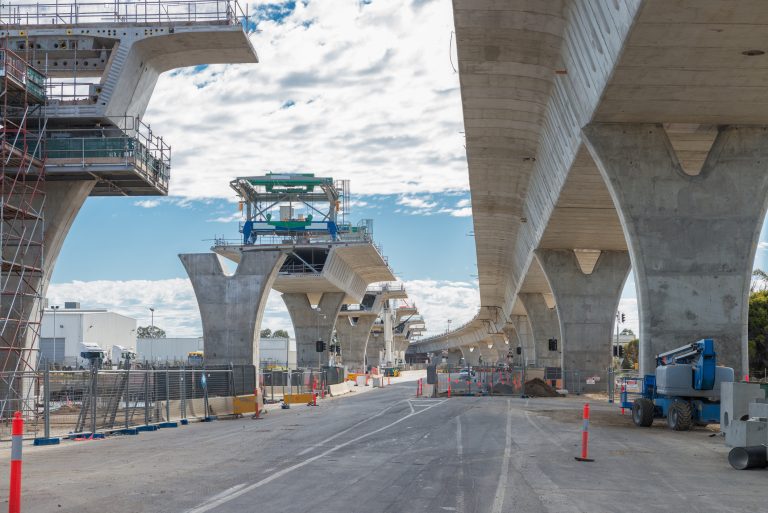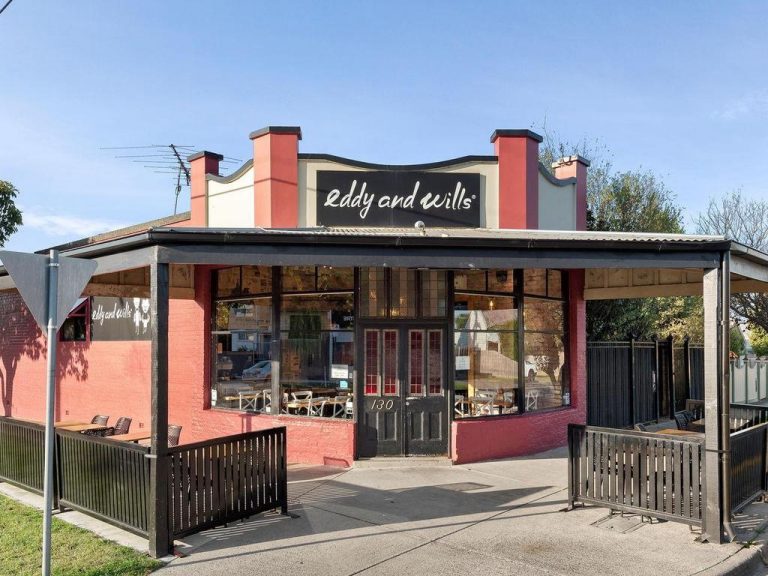Soaring fuel costs, rise of EVs spur $1b service station boom

Investors, developers, and private syndicates are expected to add service stations to their commercial property portfolio.
Service stations are predicted to be the next attractive asset for 2023, following a record high number of sales last year.
Data from Ray White Commercial showed service stations traded for over $1bn across Australia in 2022, up 52 per cent on the year prior.
The data separated both metropolitan and regional service stations and found an overall increase that was fuelled by low interest rates and stable income streams.

Service stations are deemed safe long-term assets for investors as they have stable income streams.
On average, metropolitan assets experienced 4.4 per cent growth while regional assets grew by 5.1 per cent.
Last year saw overall Australian commercial transaction levels decline as interest rates increased, forcing a number of buyers out of the marketplace.
MORE:
Shock detail about Labor stamp duty plan
Why luxe terraces are outselling houses
First homebuyers to save tens of thousands under new scheme

Service stations in metropolitan areas performed better than their regional counterparts.
Ray White Commercial’s head of research Vanessa Rader said the demand for service station assets has been growing since 2011, and were predicted to continue growing over 2023.
“These assets were typically considered attractive given their long, secure leases … making them the ultimate “set and forget” asset.
“Their main road and corner locations, which make their development potential high (after remediation) creates possible exit strategies for owners,” Ms Rader said.

Service stations are often located on main roads or on corner locations, making them attractive for developers.
Like many assets, service stations have been forced to evolve to meet the changing needs and demands of customers and investors.
Ms Radar highlights the rise of electric vehicles (EVs) in particular as a challenge to the longevity of service stations altogether.
“Over the last few years, these assets have evolved to include greater food and convenience offerings, growing the average custom time as the demand for electronic charging was anticipated to change the way in which service stations were interacted with.
“With 3.4 per cent of new car sales to September 2022 being EVs, this represents a 65 per cent increase on 2021 results”

The growing usage of electric vehicles will force service stations to include charging spots.
Interest in service stations has come from investors, developers and private syndicates – with many expected to add the assets to their portfolio in 2023.
Ms Radar believes that petrol vehicles will continue to make up the majority of vehicles over the next few decades, increasing the attractiveness of service stations for investors.

Service stations have evolved over time to offer greater food and beverage options. Picture: Floss Adams.
“While groups such as Ampol and BP start to offer fast charging stations within their establishments, this pivot is indicative of new services available to the driving community, not the demise of the service station.
“With the most rapid charging still taking at least half an hour, the need for comfortable and enticing food, retail and entertainment options within service stations will grow, continuing the evolution of what these assets will look like.”







